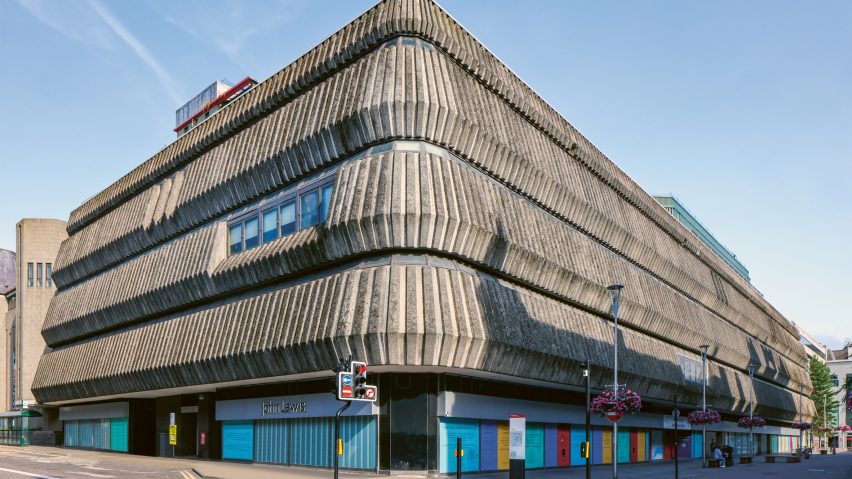
Ten shops that showcase the "stylistic diversity" of British retail architecture
The Twentieth Century Society's latest book, 100 20th-Century Shops, is a showcase of architecturally significant stores from across the UK. Here, the charity's director Catherine Croft selects 10 of the most interesting.
Described by Croft as a "kaleidoscopic survey", 100 20th-Century Shops features 100 shops of various styles, ranging from post-war shopping malls to retail parks.
It has been curated by the Twentieth Century Society (C20) and published by Batsford to celebrate the evolution and architectural heritage of British retail during a time of significant change in consumer culture.

"The decisive shift to transactional online shopping, allied with the current cost of living crisis and wider concerns about the sustainability of our consumer culture, have undoubtedly sucked some of the vitality out of the UK high street," Croft told Dezeen.
"Yet we believe that shops are important, not just for their architectural quality, but for the social histories they embody and their centrality to a sense of British identity," she continued.
Included in the book are works by architects and studios such as Future Systems and SRA Architects alongside lesser-known examples, all of which were credited for their respective roles in diversifying high streets across Britain.
The 100 case studies are accompanied by writing by architectural historians and critics including Gillian Darley and Elain Harwood, as well as essays by Lynn Pearson and Matthew Whitfield, among others.
"The sheer variety is what immediately strikes you on this journey through the evolution of British retail over the past century," Croft told Dezeen.
"We selected entries based on their stylistic diversity, innovation, sense of place and occasion," she continued.
While some of the selected shops are grade-listed buildings recognised for their cultural importance, others are at risk of demolition, including Aberdeen's Norco House by Covell Matthews.
With 52 per cent of all department stores closed in the UK between 2015 and 2022, the book advocates for the survival of these 100 "historically important buildings".
"If they are to survive in some physical form, it feels like our shops must recapture some of that spirit," Croft suggests. "To support us having more fun, and greater social interaction, and to use design to enable that".
Read on for Croft's top 10 picks from the book:
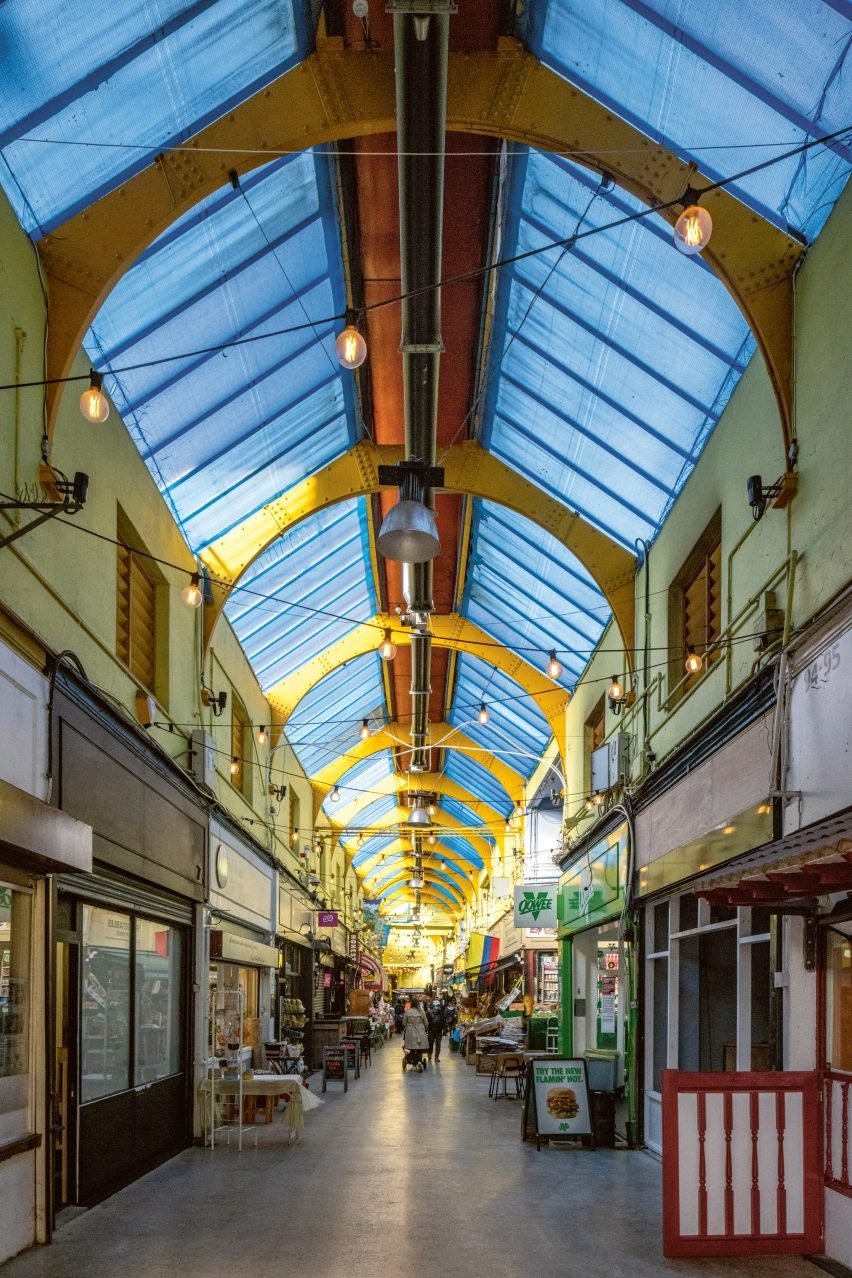
Reliance Arcade, London, by Alfred and Vincent Burr, 1925 – 1937
"Threading through the centre of Brixton, this colourful network of covered markets and arcades is crowded with small shops, stalls and eateries, and decorated with art deco and Egyptian features.
"Twice proposed for total demolition, they were listed in 2010 and stand as the clearest architectural manifestation of the major wave of immigration that had such an important impact on the cultural and social landscape of post-war Britain."
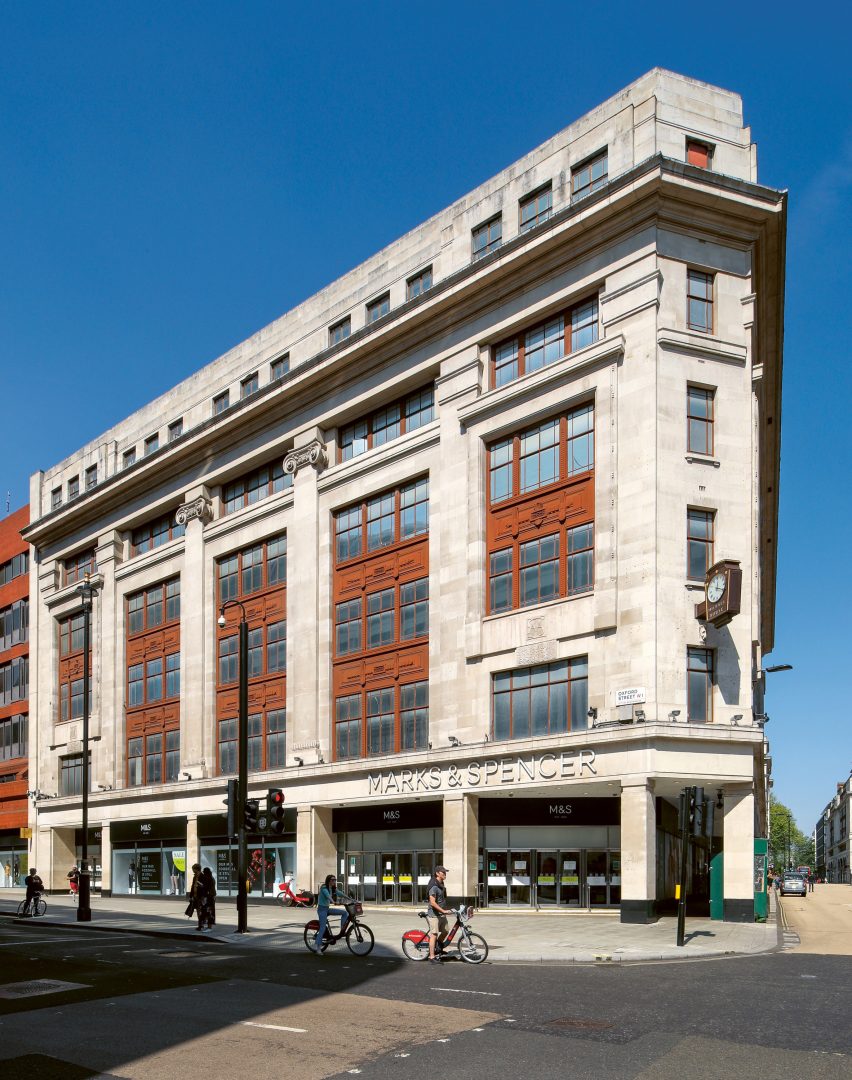
Marks & Spencers, London, by Trehearne and Norman with WA Lewis, 1930
"Marks and Spencer's London flagship is a handsome interwar department store at the centre of a fierce battle being waged on heritage and environmental grounds. The Secretary of State's decision to reject plans for its demolition (currently being appealed) was a landmark decision for the future of UK construction and the built environment.
"As countless other stores stand empty, this case points to a future where embodied carbon concerns force a more imaginative approach from developers, repurposing our existing building stock rather than resorting to the wrecking ball."
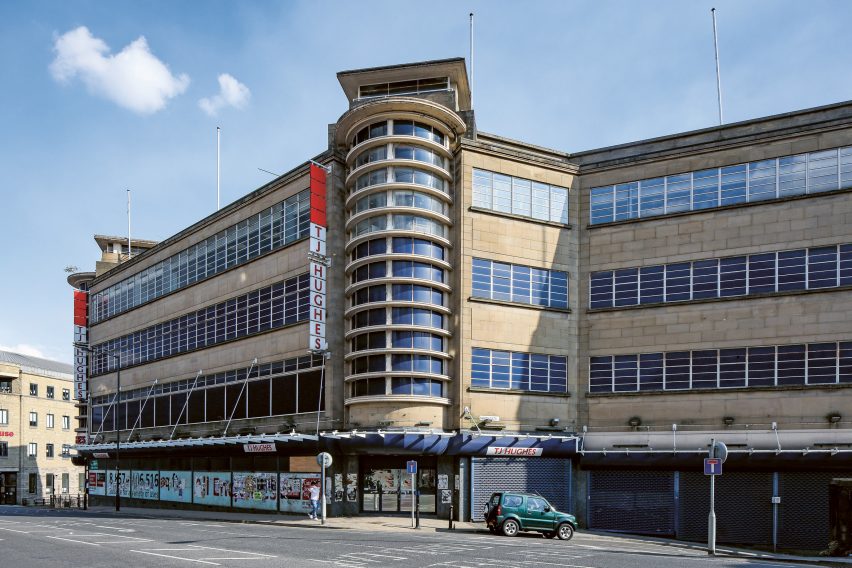
Sunwin House, Bradford, by WA Johnson, 1936
"Influenced by Erich Mendelsohn's 1928 Schocken Department Store in Stuttgart, this streamlined emporium for the progressive Co-operative Society brought European architectural modernism to West Yorkshire.
"The store has lain empty since 2011, but its fully-glazed semi-circular turrets and art deco panelled interiors remain in excellent condition. Hopes are high an imaginative new use can be found for the building in time for Bradford's stint as UK City of Culture in 2025."
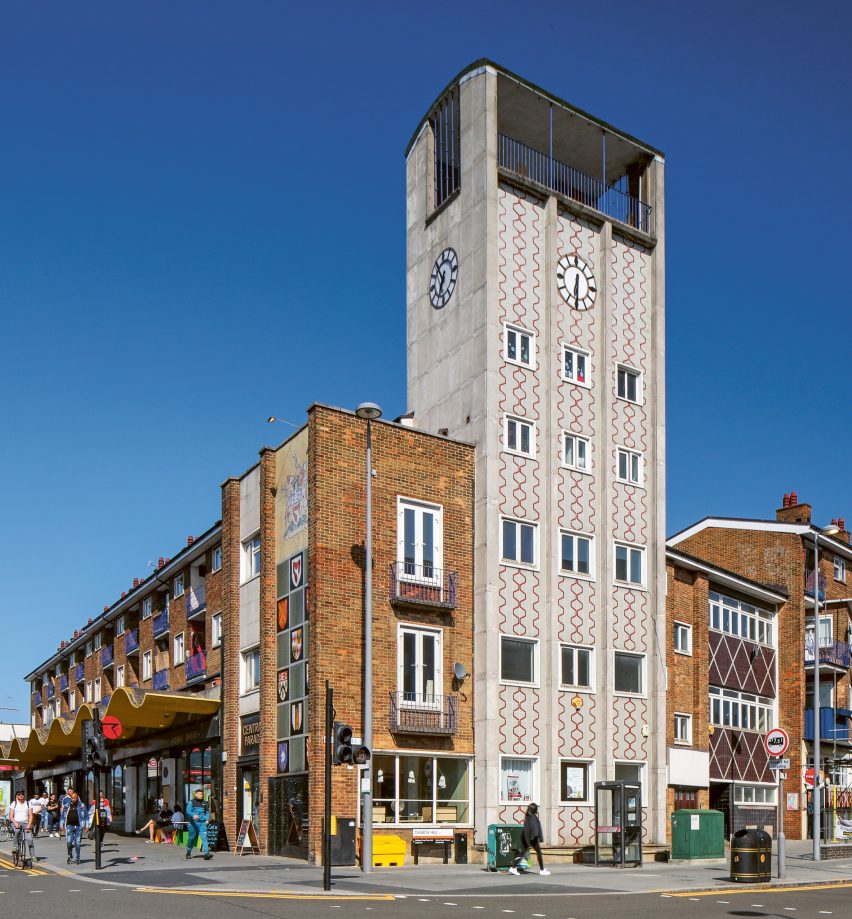
Central Parade, London, by FG Southgate, 1958
"Built on a WWII bomb-site in Walthamstow, Central Parade is a striking piece of commercial streetscape that cannot fail to lift the spirits, combining shops, offices, housing and a public hall.
"In full Festival of Britain style, it contains a full house of contemporary motifs: colourful geometric and heraldic tile-work, a sinuous crinkle-cut concrete canopy, atomic bobbles on wiry balcony fronts and the ultimate centrepiece of post-war civic placemaking, a clocktower. This joyous building was listed in 2017."
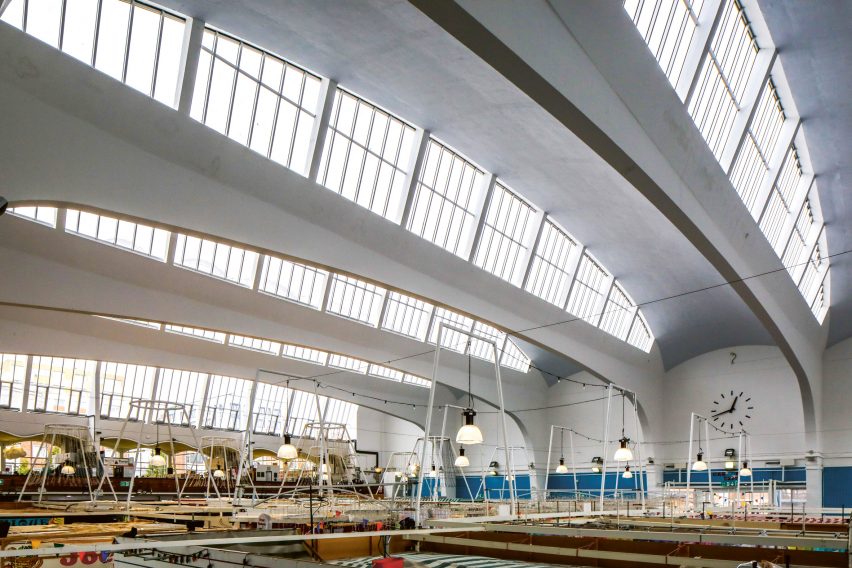
Pannier Market, Plymouth, by Herbert Walls and Paul Pearn, 1959
"Amongst the best of Plymouth's post-war buildings, this great column-free central space, some 40-feet high and 224-feet long with a 152-feet span, is lit by seven rows of curved north lights formed in thin concrete shells, looking like the gills of a great sea creature.
"Once embellished with murals, a chequerboard-pattern cladding and striped shop awnings, subsequent restorations have diluted some of the original decorative details. But the market still thrives, helped by a flexible letting policy and the mixed community of students and Plymothians that surround it."
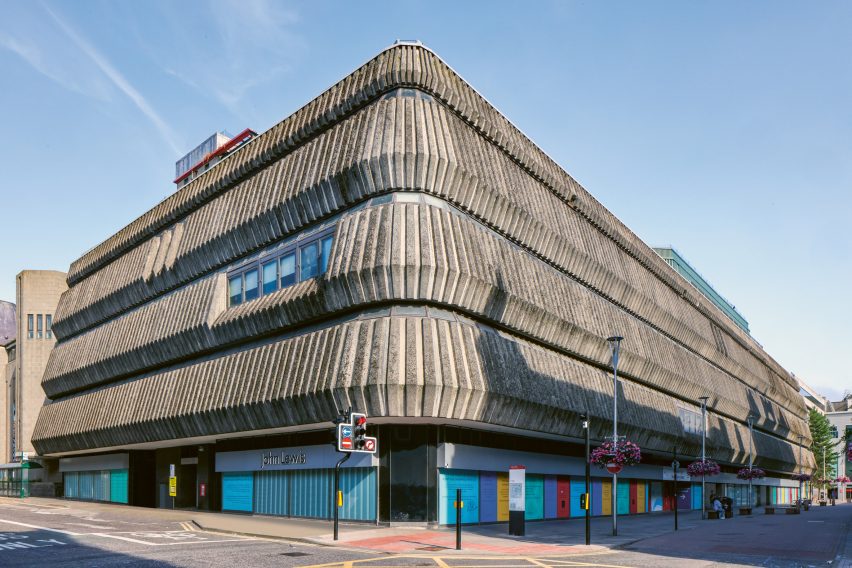
Norco House, Aberdeen, by Covell Matthews, 1970
"One of the most original and remarkable department store buildings of the 1960s, this brutalist ziggurat – with ribbon windows and vertically ribbed concrete wrapping around the building – appears almost like a concrete concertina, stretched taut.
"Massive, brooding and introverted: these are the qualities of Aberdeen's historic granite architecture, translated into concrete. Designed for the Northern Co-operative Society, it later became the most northerly John Lewis branch, before closing in 2021. Its future remains uncertain."
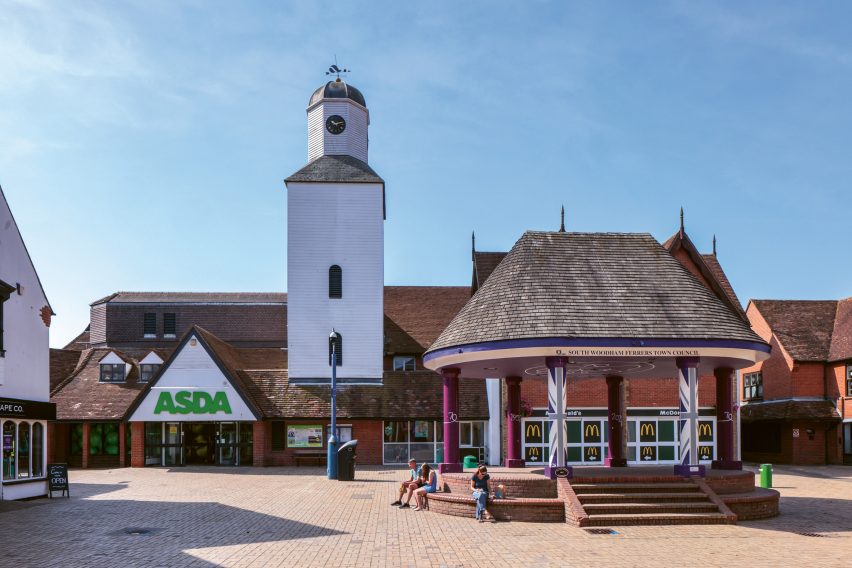
Asda, South Woodham, by Holder and Mathias, 1978
"The new town of South Woodham Ferrers was masterplanned to appear like a historic Essex market town. This large Asda superstore was successfully integrated by giving the impression of smaller historic buildings addressing a traditional market square.
"Though derided by some, it gained aesthetic authenticity through the use of high-quality materials including handmade clay bricks, plain tiles and weatherboarding, while the tithe barn aesthetic became an influential template for superstores and retail parks."
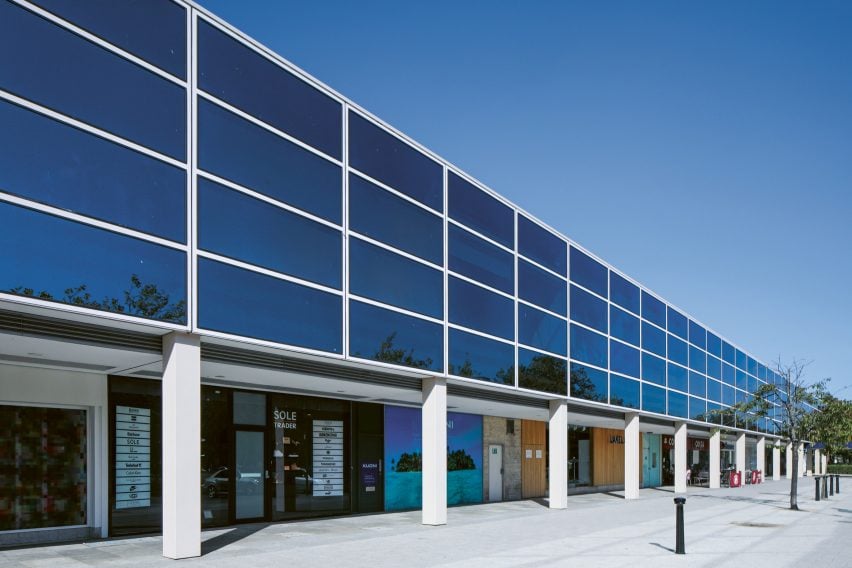
The Shopping Building, Milton Keynes, by Christopher Woodward and MK Development Corporation, 1979
"The only listed post-war shopping centre in country, this is less a cathedral of consumerism than a covered high street and town centre for Milton Keynes, the largest of the new towns. Its 2,100-feet of uninterrupted arcades are lined with trees and ingeniously serviced from the roof, not the basement, as was the convention.
"Inspired by Milan's Galleria Vittorio Emanuele II and the mirror glass buildings of Los Angeles, with natural lighting, travertine flooring and public artworks, MK's civic elegance is ageing well – at a time when so many contemporaneous shopping centres are in a terminal decline."
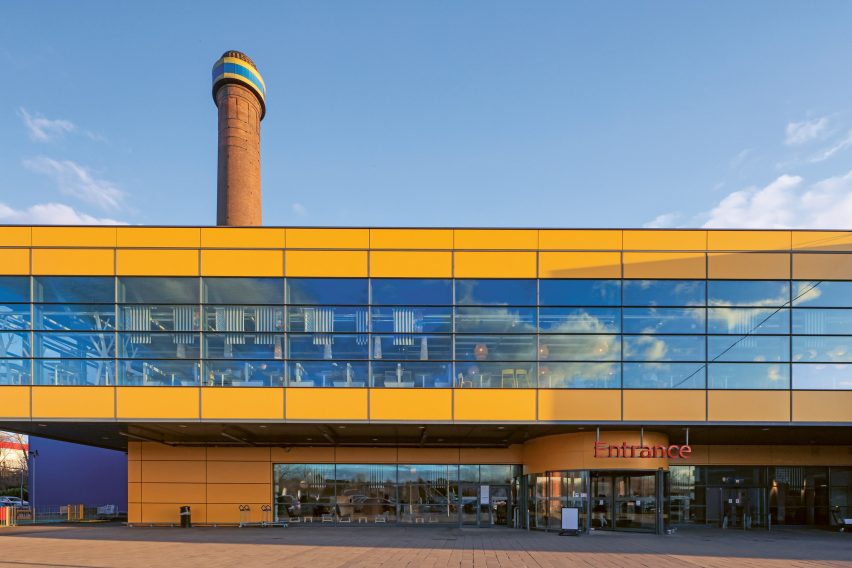
IKEA, Croydon, by SRA Architects, 1992
"As the former IKEA in Tottenham is re-purposed as a mega nightclub, it's worth remembering how radically the Swedish retailer changed the furniture and homeware shopping experience. The blue box; the one-way serpentine route through room-sets; the self- service stacks and meatball-serving canteen – the warehouse became the showroom.
"The blue box of the Croydon branch stands next to two 300-feet high brick chimneys, topped with blue-and-yellow-striped branding. A local landmark, they are all that remains of Croydon B power station, designed by Robert Atkinson in 1946 and demolished in 1991."

Selfridges, Birmingham, by Future Systems, 2003
"When the much-maligned 1960s Bull Ring Shopping Centre was redeveloped in the early 2000s, the new Selfridges Birmingham branch became an instant icon of Millennial Britain – 'blobitecture' as a vehicle for urban rejuvenation.
"A waveform clad in 15,000 anodised aluminium discs and few openings, designer Jan Kaplický gave his source as a Paco Rabanne dress and the female form, while the glittering yet claustrophobic interior impressed the urgency to shop. A listed building of the future without doubt."
The photography is courtesy of the Twentieth Century Society.